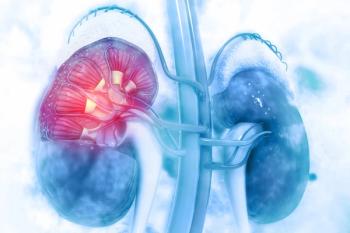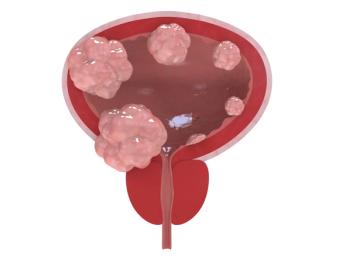
Rates of Renal, Thyroid Carcinomas Increasing in Children, Adolescents
Results of a new study show that cancer rates among children and adolescents are stable, but rates of certain cancers such as renal carcinomas are increasing.
Results of a
“These findings highlight an opportunity to improve our knowledge of the driving factors of these cancer incidence rate trends, and this understanding may help develop new preventive measures,” wrote David A. Siegel, MD, MPH, of Emory University School of Medicine, and colleagues in Pediatrics.
Siegel and colleagues analyzed data taken from the National Program of Cancer Registries (NPCR) and Surveillance, Epidemiology, and End Results (SEER) registries to identified cancer diagnosed in patients aged 0 to 19 years between 2001 and 2009. According to the study, these registries represent 94.2% of the US population.
Using these registries, they identified 120,137 cases of cancer, with an age-adjusted incidence rate of 171.01 per million. Data showed that the incidence of cancer was higher in boys compared with girls, in adolescents compared with children, and in white children compared with black children. The most commonly occurring cancers were leukemia, followed by central nervous system neoplasms, and lymphomas.
The researchers found no significant change in the cancer incidence from 2001 to 2009 (annual percent change [APC], 0.3%; 95% CI, -0.1 to 0.7). However, they did find that the incidence of thyroid carcinoma (APC, 4.9%; 95% CI, 3.2 to 6.6) and renal carcinoma (APC, 5.4%; 95% CI, 2.8 to 8.1) had increased significantly.
“Rates of renal carcinomas, thyroid carcinomas, and other unspecified malignant neoplasms increased significantly for boys, and the trend for thyroid carcinoma increased significantly for girls,” the researchers wrote. “Increased rate of obesity among adolescents might explain increases in renal carcinomas observed overall and among those aged 15 to 19 years.”
In addition to the results about thyroid and renal carcinoma, the study also found an increasing trend in the overall cancer incidence among black children and adolescents (APC, 1.3%; 95% CI, 0.2 to 2.5). A significant decrease in melanoma was seen overall, as well as in boys, white patients, non-Hispanic patients, adolescents aged 15 to 19 years, and in the Northwest and West regions.
“It is possible that pediatric melanoma is decreasing after an increase seen at the end of the last century,” the researchers wrote. “However, melanoma is often an outpatient disease that adds registry data late into SEER and NPCR.”
Newsletter
Stay up to date on recent advances in the multidisciplinary approach to cancer.

















































































